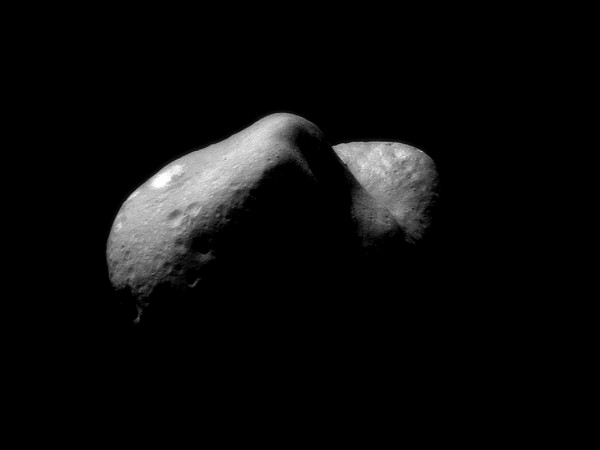NASA, HAARP conclude experiment to bounce radio signal off asteroid

Last week, NASA and the High-frequency Active Auroral Research Program (HAARP) concluded an experiment to bounce a radio signal off an asteroid in order to learn more about its interior.
The HAARP research site in Gakona started transmitting chirping signals of long wavelength to asteroid 2010 XC15 at 2 a.m. Tuesday, December 27 and continued sending them uninterrupted until the scheduled end of the 12-hour experiment.
While data analysis is expected to take several weeks, the results of this experiment could aid efforts to defend Earth from larger asteroids that could cause significant damage, the University of Alaska Fairbanks, which operates HAARP, said in a statement.
"Understanding the makeup of an asteroid’s interior, especially of an asteroid large enough to cause major damage on Earth, can increase the chances of an effective defense. Knowing the distribution of mass within a dangerous asteroid could help scientists target devices designed to deflect an asteroid away from Earth," says Mark Haynes, lead investigator on the project and a radar systems engineer at NASA's Jet Propulsion Laboratory in Southern California.
The experiment also served as a test for probing an asteroid bigger than the 2010 XC15. Asteroid Apophis, a near-Earth asteroid that was discovered in 2004, is expected to pass close to Earth in April 2029. It will come within about 20,000 miles of Earth, closer than the many geostationary satellites orbiting the planet.
Apophis is classified as a potentially hazardous asteroid (PHA) due to its size and proximity to Earth. Estimated to be about 1,100 feet across, it was initially thought to pose a risk to Earth in 2068, but its orbit has since been better projected by researchers and is now not a risk to the planet for at least a century.
The Long Wavelength Array of the University of New Mexico in Socorro, New Mexico, and the Owens Valley Radio Observatory Long Wavelength Array in Bishop, California, also participated in the experiment.










